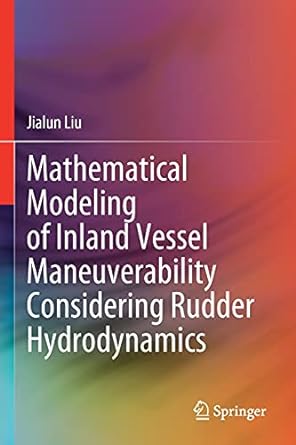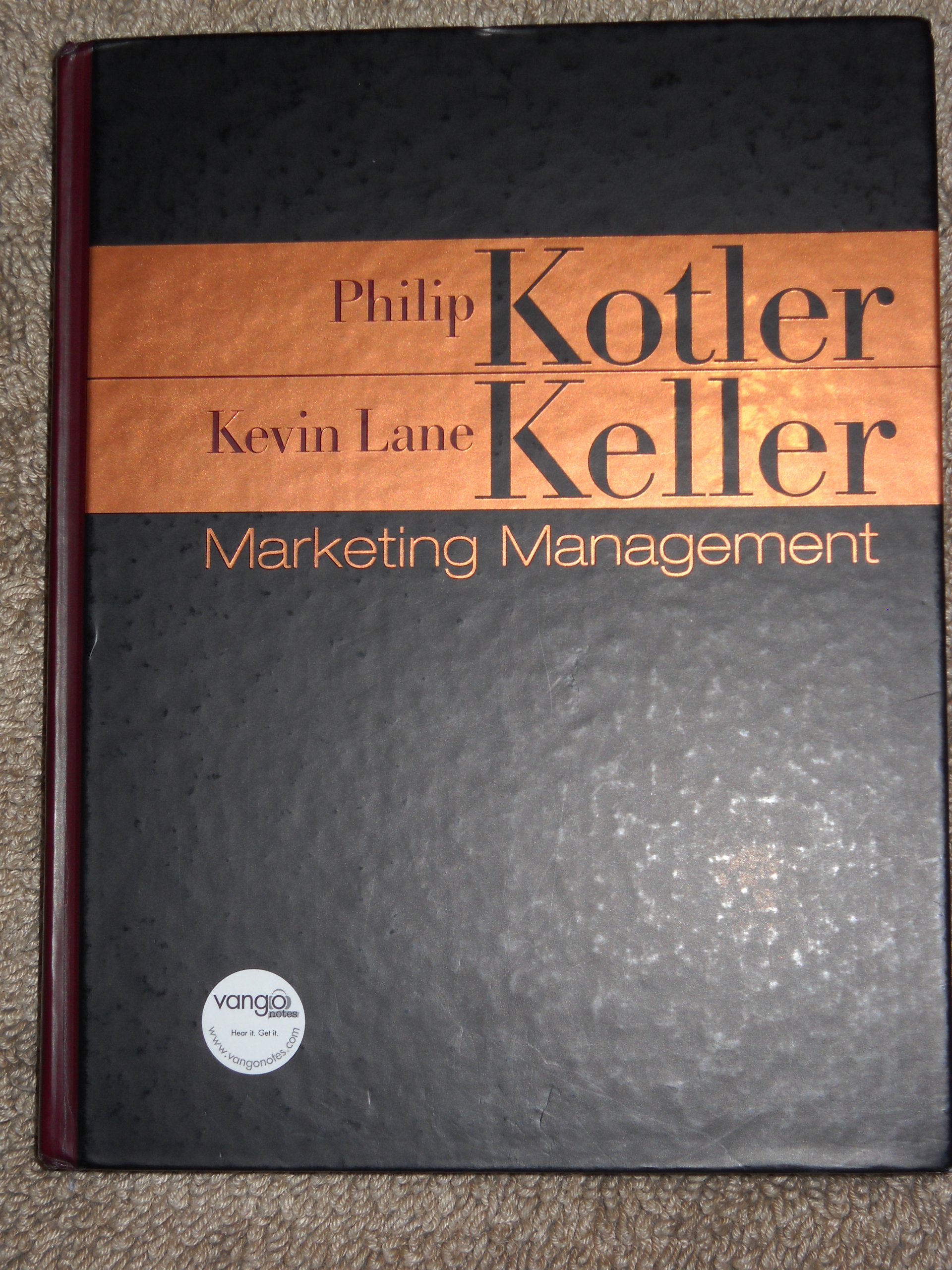Go back


Mathematical Modeling Of Inland Vessel Maneuverability Considering Rudder Hydrodynamics(1st Edition)
Authors:
Jialun Liu

Cover Type:Hardcover
Condition:Used
In Stock
Shipment time
Expected shipping within 2 DaysPopular items with books
Access to 30 Million+ solutions
Free ✝
Ask 50 Questions from expert
AI-Powered Answers
✝ 7 days-trial
Total Price:
$0
List Price: $109.99
Savings: $109.99(100%)
Solution Manual Includes
Access to 30 Million+ solutions
Ask 50 Questions from expert
AI-Powered Answers
24/7 Tutor Help
Detailed solutions for Mathematical Modeling Of Inland Vessel Maneuverability Considering Rudder Hydrodynamics
Price:
$9.99
/month
Book details
ISBN: 3030474771, 978-3030474775
Book publisher: Springer
Get your hands on the best-selling book Mathematical Modeling Of Inland Vessel Maneuverability Considering Rudder Hydrodynamics 1st Edition for free. Feed your curiosity and let your imagination soar with the best stories coming out to you without hefty price tags. Browse SolutionInn to discover a treasure trove of fiction and non-fiction books where every page leads the reader to an undiscovered world. Start your literary adventure right away and also enjoy free shipping of these complimentary books to your door.
Book Summary: This book demonstrates that different rudder configurations have different hydrodynamic characteristics, which are influenced by the profile, the parameters, and the specific configuration. The author proposes new regression formulas to help naval architects quickly estimate the rudder-induced forces and moments in maneuvering. Furthermore, the author proposes and validates an integrated maneuvering model for both seagoing ships and inland vessels. Using the proposed regression formulas and maneuvering model, the specific impacts of rudder configurations on inland vessel maneuverability are studied. In turn, the book demonstrates the application of Reynolds-Averaged Navier–Stokes (RANS) simulations to obtain rudder hydrodynamic characteristics, and the integration of the RANS results into maneuvering models as an accurate estimation of rudder forces and moments needed to quantify the impacts of rudder configurations on ships’ maneuvering performance. In addition, the author proposes new criteria for the prediction and evaluation of inland vessel maneuverability. Simulations of ships with various rudder configurations are presented, in order to analyze the impacts of rudder configurations on ship maneuverability in different classic and proposed test maneuvers. Offering essential guidance on the effects of rudders for inland vessel maneuverability, and helping practical engineers make informed design choices, the book is of interest to researchers and academics in the field of naval engineering, as well as students of naval architecture. Industrial practitioners working on ship design may also find it beneficial.
Customers also bought these books
Frequently Bought Together
Top Reviews for Books
Ahmed mo
( 4 )
"Delivery was considerably fast, and the book I received was in a good condition."










